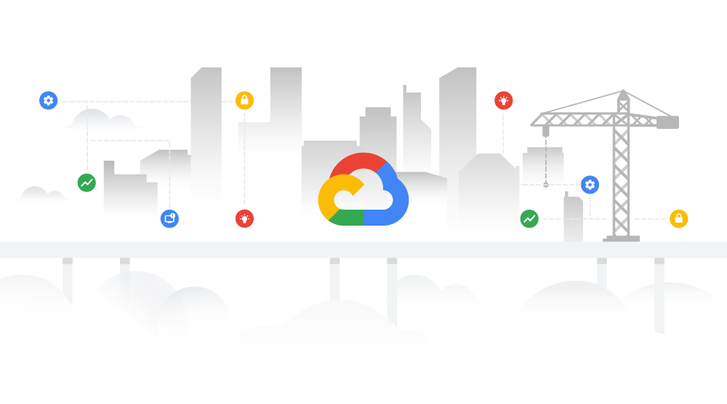At Google Cloud Next, our global showcase for the latest technologies and customer success stories, public sector organizations shared their innovative work to support constituents. At the Moscone Center in San Francisco, government employees, state and local officials, education institutions, data security analysts, and Chief Information Security Officers (CISOs) watched Google Cloud CEO Thomas Kurian’s keynote, where he described how generative AI is already transforming our daily lives–and how it could help someone renew a driver’s license at every step, from summarizing manuals on governmental websites to making an appointment at the local Department of Motor Vehicles. Over the course of three days we made 161 new product, customer, and partner announcements, including the roll out of digital watermarking, which can automatically detect and label AI-generated content. Attendees connected with each other and talked with hundreds of potential partner organizations to learn how gen AI could help them modernize their infrastructure and advance their missions.
At the Innovation Hive, participants signed up for individualized help sessions to learn about Google Cloud’s latest tools and earned digital badges and certificates to level up their job skills. In the breakout sessions and technical demos, Google Cloud customers shared their stories of digital transformation with advanced cloud technologies, like Google Distributed Cloud Hosted (GDCH), an air-gapped private cloud solution built on open source standards with flexible scale to meet our government customers where they are.
Here are some of the public sector highlights from a busy week:
- At Supercharging the Public Sector with AI, panelists from the Hawaii Department of Transportation (DOT), the Department of Defense’s Chief Digital and AI Office (CDAO), and California’s Government Operations discussed how they were leveraging AI to optimize efficiency and improve mission outcomes. With the help of their Climate Insights Platform on Google Cloud, Hawaii’s DOT is able to track water levels and analyze rock fall patterns to identify potential vulnerabilities, prioritize maintenance work, and plan proactively for the future. California’s Government Operations sponsors pilot programs to help their 150 departments democratize access to public services. The CDAO recently launched Task Force Lima to enhance its operations in areas such as warfighting, business affairs, health, readiness, and policy.
- At the Trusted Cloud for the Public Sector session, panelists from California’s Office of Data and Innovation and the cybersecurity training company Cybrary focused on the skills gap facing the public sector. The state of California has launched a Data and Innovation Fund to pilot internal projects to improve service delivery as well as train employees in next-level skills. Cybrary will use AI to help overburdened security analysts screen, assess, and analyze data threats.
- At Mind the Air Gap, panelists from the U.S. Joint Warfighting Cloud Capability (JWCC) and Europe’s Subsidiaries Benelux explained how they use GDCH to keep their sensitive data secure and private while still leveraging all the benefits of scale, speed, and storage in the cloud. The JWCC sees AI as a way to efficiently harness insights from their data. Subsidiaries Benelux plans to leverage GDCH’s flexibility to manage regional data with the fine-tuned controls required for digital sovereignty.
- At Achieve Digital Sovereignty with Google Workspace, panelists from Verizon, Pricewaterhouse Coopers (PwC), and the U.S. General Services Administration (GSA) addressed how GDCH and gen AI can help them solve key challenges to their operations. PwC operates in 152 different companies, and requires infrastructure that can handle a wide range of regulatory environments and customer security needs. The GSA manages operations for the U.S. government and wants to lead the way in technology transformation–whether that’s being the first government agency to move their email to the cloud or using gen AI to generate meeting notes for employees working from home. Verizon believes gen AI can help them support employees by automating workloads and upskilling to improve hiring and retention.
- At the showcase for how State and Local Governments Are Using AI to Better Serve Their Citizens, representatives from the Minnesota Department of Public Safety and California’s Office of Data and Innovation described how AI can help support their core missions. The state of Minnesota developed an online virtual assistant so citizens can interact with the Department of Motor Vehicles in their own languages. Services are already offered in Hmong, Somali, and Spanish, with more languages and dialects to come. California’s Office of Data and Innovation funds a range of accelerators to apply the latest data analytics to service changes that will have the most impact on residents’ daily lives.
All the Google Cloud Next ‘23 recorded sessions are now available on-demand. Click here to start exploring the best of Next. To find out more about how Google Cloud can help federal, state, and local governments and agencies fulfill their missions, register for the Google Public Sector Forum on October 17th in Washington, D.C. You’ll hear from top government officials as well as Google experts about how to approach the intersection of AI and security in the public sector.

